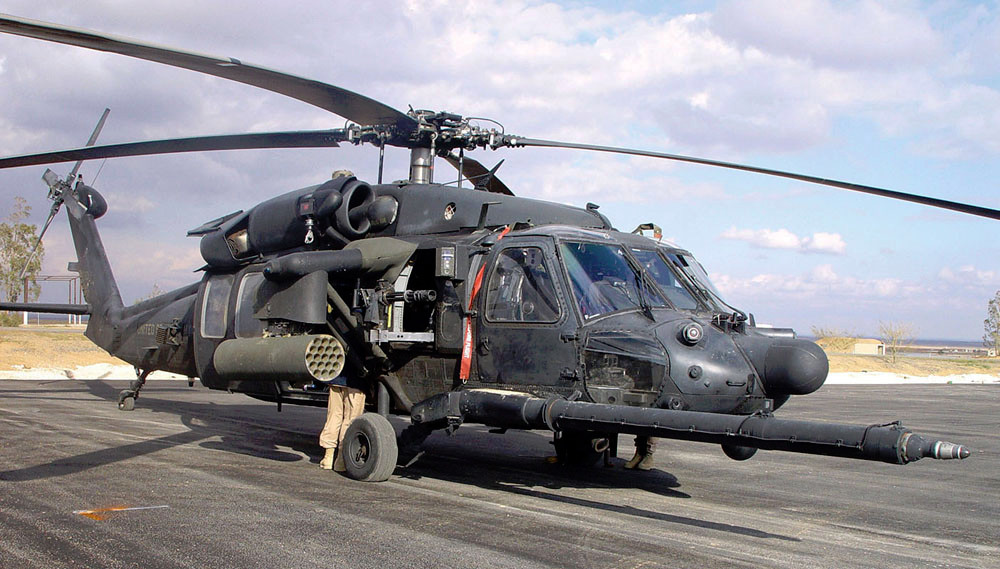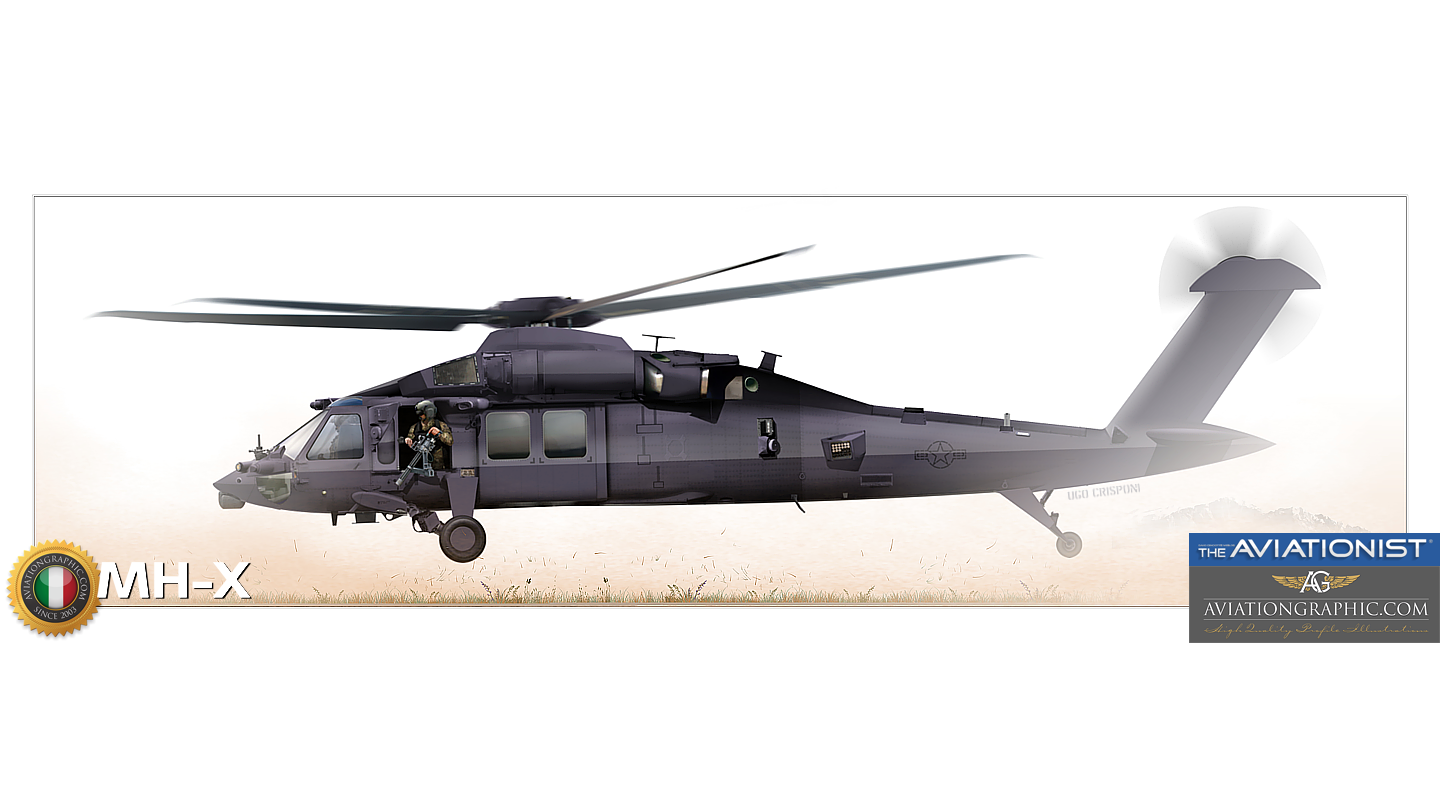Just How the Blackhawk Helicopter Has Changed Aerial Flexibility and Battle Tactics
Just How the Blackhawk Helicopter Has Changed Aerial Flexibility and Battle Tactics
Blog Article
Discovering the Thrills and Innovations of the Blackhawk Helicopter
The Blackhawk helicopter stands as a testimony to armed forces aeronautics's development, combining technical innovations with sensible applications. Because its intro in the 1960s, it has changed the landscape of airborne support, boasting attributes that boost its efficiency in numerous functional duties. As we investigate its historical significance and key developments, one should consider just how forthcoming advancements might redefine its capabilities. What exists in advance for this renowned aircraft, and how will emerging modern technologies form its future in armed forces procedures?
Background of the Blackhawk Helicopter
Considering that its beginning in the 1960s, the Blackhawk helicopter has played an essential role in contemporary armed forces air travel. Developed by Sikorsky Aircraft, the UH-60 Blackhawk was created to fulfill the U.S. Military's need for a functional utility helicopter with the ability of performing a selection of missions, consisting of troop transportation, medical evacuation, and freight airlift. The layout was a reaction to the limitations of earlier helicopters, particularly in regards to maneuverability, rate, and survivability.
The Blackhawk made its first trip in 1974 and soon got in solution in 1979. Its introduction marked a significant development in helicopter innovation, including a two-rotor system that boosted performance and stability. The aircraft's sturdy building and construction and progressed avionics enabled it to operate efficiently in varied environments and problems.
Throughout the years, the Blackhawk has actually been continually upgraded, including lessons picked up from numerous fight situations. Its implementation in conflicts such as the Gulf War, Somalia, and the War on Terror further strengthened its track record as an important property. The Blackhawk's tradition is defined by its flexibility and durability, making it a keystone of military aviation for years.
Key Attributes and Specs
The Blackhawk helicopter is identified by its durable design and advanced technical functions, which collectively enhance its operational abilities. Designed mainly for utility goals, the Blackhawk flaunts an optimum departure weight of around 22,000 pounds, allowing it to carry significant hauls while maintaining agility.
Geared up with 2 General Electric T700-GE-701C engines, the Blackhawk accomplishes a maximum speed of around 183 knots and an array of 368 nautical miles - Blackhawk Helicopter. Its state-of-the-art blades system features a four-blade major rotor and a four-blade tail rotor, making certain security and maneuverability in various flying problems
The helicopter's cabin can suit approximately 11 soldiers or various freight arrangements, showcasing versatility in mission accounts. Additionally, the Blackhawk is developed with sophisticated avionics, including electronic flight controls and an extensive cockpit screen, boosting pilot situational recognition.
For improved survivability, the Blackhawk incorporates ballistic armor and self-sealing gas tanks. Its ability to operate in varied atmospheres, from deserts to icy surfaces, further strengthens its online reputation as a trusted system for military and humanitarian procedures alike. The Blackhawk's combination of power, flexibility, and durability makes it a foundation of modern airborne capabilities.
Developments in Innovation
Innovations in innovation have substantially enhanced the capabilities of the Blackhawk helicopter, ensuring it continues to be at the center of army aviation. Among the most noteworthy advancements is the integration of advanced avionics systems, which give improved situational understanding through real-time information handling and display. This modern technology permits pilots to navigate intricate settings extra effectively, boosting mission success rates.

Additionally, the intro of digital fly-by-wire systems has actually changed the control mechanisms of the Blackhawk, offering smoother handling and boosted responsiveness. Jointly, these technological improvements make sure that the Blackhawk helicopter remains an essential asset in modern military operations.
Roles in Armed Force Procedures
With advanced innovation enhancing its abilities, the Blackhawk helicopter plays a multifaceted role in armed forces operations. Mostly, it is utilized for troop transportation, allowing rapid implementation and extraction of personnel in different fight circumstances. Its large cabin can fit up to 11 soldiers, making it a crucial asset for massive goals and special procedures.
Furthermore, the Blackhawk functions as a medevac platform, equipped to transport wounded soldiers promptly and successfully from the battleground to medical facilities - Blackhawk Helicopter. Its convenience reaches logistical assistance, where it lugs supplies and tools crucial for sustaining military procedures in remote locations

The helicopter is additionally critical in reconnaissance objectives, giving airborne security and intelligence-gathering capacities. Its capacity to operate in diverse atmospheres-- ranging from urban setups to severe surfaces-- more solidifies its value on the combat zone.
In Addition, the Blackhawk can be equipped with innovative weaponry, allowing it to involve in fight and offer close look at this web-site air assistance. This flexibility highlights the helicopter's essential role in modern-day army methods, making it an important element of armed forces worldwide.
Future Dopes and Innovations
Improvements in innovation pledge to introduce a brand-new era for the Blackhawk helicopter, boosting its capabilities and functional efficiency. As the military landscape progresses, so too does the focus on incorporating cutting-edge modern technologies into rotary-wing airplane. Future advancements for the Blackhawk might consist of improvements in avionics, such as innovative flight control systems and enhanced situational recognition devices powered by expert system. These developments will promote much more precise navigating and decision-making in complicated atmospheres.
Furthermore, the assimilation of unmanned systems is on the horizon, possibly permitting manned-unmanned teaming procedures that can broaden objective accounts and minimize risk to workers. The Blackhawk's style is likewise expected to incorporate lighter and more powerful materials, boosting fuel efficiency and total efficiency.

Final Thought
In verdict, the Blackhawk helicopter stands for a considerable accomplishment in army aviation, defined by its versatility and progressed technological functions. Its historical advancement reflects a regular reaction to operational needs, boosting capabilities in various roles such as troop transportation and medevac procedures. Ongoing technologies, consisting of the combination of expert system and hybrid-electric propulsion, guarantee to additional enhance the Blackhawk's performance and relevance in future army engagements, ensuring its condition as a crucial asset on the combat zone.

With innovative innovation boosting its abilities, the Blackhawk helicopter plays a diverse duty in army procedures. (Blackhawk Helicopter)
Report this page